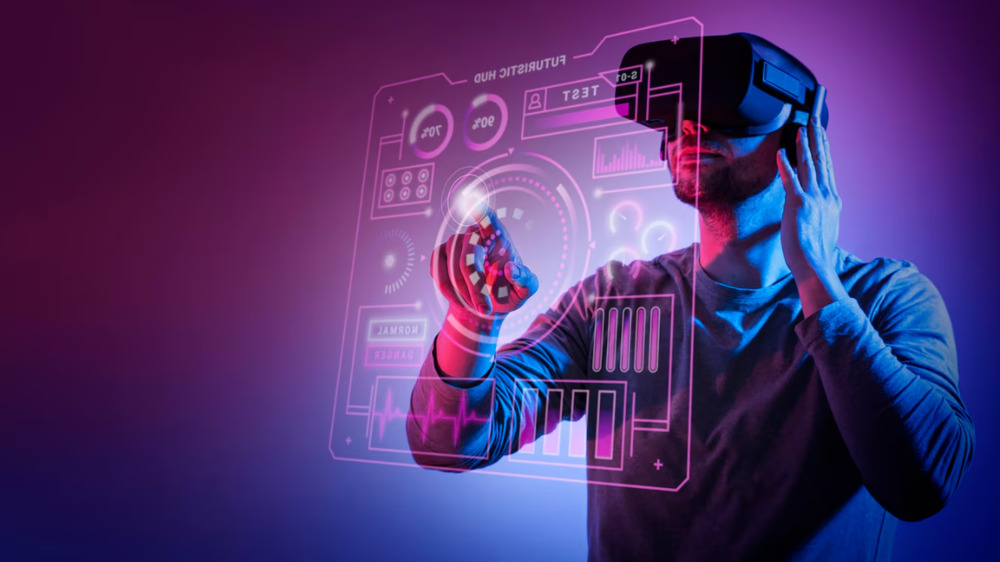Artificial Intelligence (AI) has revolutionized our world, bringing incredible advancements in various fields. However, lurking beneath this technological marvel is a darker side that poses significant threats to society. From deepfakes that can manipulate reality to misinformation campaigns that can sway public opinion, the risks associated with AI are growing. In this blog, we will explore these dangers, backed by compelling statistics and clear data, while also discussing the implications for security and trust in our digital age. ?

Understanding Deepfakes
Deepfakes are synthetic media where a person’s likeness is replaced with someone else's, often using AI algorithms. This technology has gained notoriety for its potential to create misleading videos and audio recordings. A study by the Deeptrace team revealed that the number of deepfake videos online surged from 7,964 in 2018 to over 100,000 in 2020, showcasing a staggering increase of 1,200%! ?
Deepfake Statistics
| Year | Number of Deepfake Videos | Increase (%) |
|---|---|---|
| 2018 | 7,964 | - |
| 2019 | 15,000 | 88% |
| 2020 | 100,000 | 1,200% |
| 2021 | 150,000 | 50% |
| 2022 | 200,000 | 33% |
The rapid growth of deepfakes raises concerns about their potential misuse. For instance, deepfakes have been used in political campaigns to create false narratives, leading to misinformation that can influence elections. A report from the Brookings Institution found that 70% of Americans are concerned about the impact of deepfakes on democracy. ?️
Misinformation: A Growing Epidemic
Misinformation is another significant issue exacerbated by AI technologies. Social media platforms have become breeding grounds for false information, with algorithms often amplifying sensational content. According to a study by MIT, false news spreads six times faster than true news on Twitter. This rapid dissemination can have real-world consequences, from public health crises to political unrest.
Misinformation Statistics
| Year | False News Spread Rate | True News Spread Rate |
|---|---|---|
| 2016 | 1,000% | 100% |
| 2017 | 800% | 100% |
| 2018 | 600% | 100% |
| 2019 | 500% | 100% |
| 2020 | 400% | 100% |
The implications of misinformation are profound. A survey conducted by the Pew Research Center found that 64% of Americans believe that misinformation has caused confusion about the COVID-19 pandemic. This confusion can lead to harmful behaviors, such as vaccine hesitancy, which can ultimately endanger public health. ?
Security Risks: The Threat Landscape
As AI technologies evolve, so do the security risks associated with them. Cybercriminals are increasingly leveraging AI to conduct sophisticated attacks. A report from Cybersecurity Ventures predicts that cybercrime will cost the world $10.5 trillion annually by 2025, with AI-driven attacks being a significant contributor.
Security Risks Statistics
| Year | Estimated Cost of Cybercrime (Trillions) | AI-Driven Attacks (%) |
|---|---|---|
| 2020 | 3.5 | 10% |
| 2021 | 6.0 | 20% |
| 2022 | 8.0 | 30% |
| 2023 | 10.5 | 40% |
The rise of AI-driven attacks poses a threat not only to individuals but also to organizations and governments. For instance, AI can be used to automate phishing attacks, making them more convincing and harder to detect. A study by IBM found that 95% of cybersecurity breaches are caused by human error, highlighting the need for better training and awareness. ?
Combating the Dark Side of AI
Addressing the dark side of AI requires a multi-faceted approach. Here are some strategies that can help mitigate these risks:
-
Education and Awareness: Increasing public awareness about deepfakes and misinformation can empower individuals to critically evaluate the content they consume. Initiatives like the Media Literacy Project aim to educate people on identifying false information.
-
Regulation and Policy: Governments and organizations must establish regulations to combat the misuse of AI technologies. The European Union has proposed the AI Act, which aims to create a legal framework for AI, ensuring accountability and transparency.
-
Technological Solutions: Developing AI tools that can detect deepfakes and misinformation is crucial. Companies like Sensity AI are working on technologies that can identify manipulated media, helping to restore trust in digital content.
-
Collaboration: Collaboration between tech companies, governments, and civil society is essential to create a comprehensive strategy to combat the dark side of AI. Initiatives like the Partnership on AI bring together diverse stakeholders to address these challenges.
Conclusion
The dark side of AI presents significant challenges that we must confront as a society. From deepfakes to misinformation and security risks, the implications of these technologies are far-reaching. By fostering education, implementing regulations, and developing technological solutions, we can work towards a safer digital future. ? As we navigate this complex landscape, it is crucial to remain vigilant and proactive in addressing the threats posed by AI. Together, we can harness the power of technology while safeguarding our society from its darker aspects.



